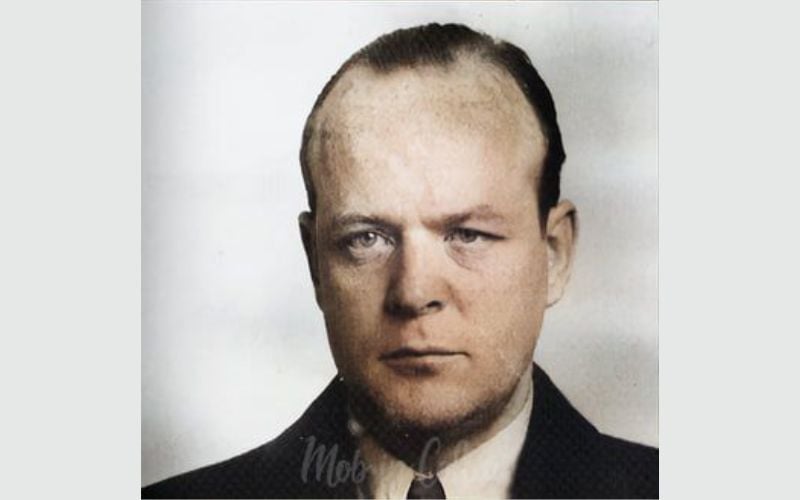I was never too fond of the gray town of Gort in Galway from the first time I visited it over 40 years ago. It was an aloof kind of town, all cold stone facades, surrounded by Protestants on horseback territory, its main street and large square never cuddling around the visitor like other Galway towns.
It was also a town where, in that era, it was hard enough to get a decent lunch or even a good pot of tea and a sandwich during the daytime hours when a traveling hack might be arriving on duty. Its stories, too, seemed to be mostly on the dark and gloomy side; you were more likely to be reporting a tragedy than a celebration when you had to go to the Gort of the late fifties and sixties.
I got into the habit of passing through as quickly as possible unless I had to make a stop. If I research my own impressions from that era, I think they were due to getting cold soup and an insipid sandwich in an unfriendly pub the first time I called.
I would have been very long-haired and blackly bearded that time, probably wearing jeans and a leather waistcoat. That meant you were looked at a bit askance in conservative towns like Gort. Anyway, I was not fond of it.
We have had many changes in Ireland since then. The Celtic Tiger brightened Gort up as it did everywhere else.
A big meat plant somehow attracted to town many hundreds of Brazilian workers and their families. A decade ago they brightened all the streets in the evenings with their lively and sparkling kids, their swayingly curvaceous and bright-eyed womenfolk, their quick smiles and white teeth a-gleaming.
They arranged samba festivals in the summers and Gort rocked. They integrated into the community. They put a heartbeat into Gort.
I still, though, did not stop there too often. Old habits die hard.
The Celtic Tiger kicked the bucket a few years ago. Most of the Brazilians have gone back home now, though there is still a significant Gort presence. Gort has fared no better and no worse than any equivalent town in this recession.
I had occasion to go there last Saturday with the Dutch Nation, who had business there. It was a beautiful glittering autumn day.
The woods of Coole out the road, where Lady Gregory long ago entertained the literati of the Irish cultural revival, were painted 40 shades of gold and rubytint. It was likewise around the serenity of Yeats's old creative haunt at Thoor Ballylee.
I sampled both with the old terrier Friday while the Dutch Nation was doing her business. Friday nearly caught a rabbit. She always nearly catches a rabbit.
We returned to Gort and she went asleep in the car, and I went into the square to wait for Annett. We had arranged to meet in a cafe called the Gallery Cafe, overlooking the square, because it had terrace tables bathed by the sun. It was exactly the kind of bistro-ish place that would never have been able to live and thrive in the old cold Gort.
Yes we have a recession, but Lord there was still a great buzz in the town. The South American faces mingled with the faces of the farmers' wives in town for the shopping. The square was packed with cars.
There might have been few eateries when I made my judgment on Gort all those years ago, but now there is a wide choice of pubs and cafes like the one I was sitting in, a couple of busy carveries, a busy hotel called O'Sullivan’s.
Above all, even in these times, maybe because of the sunshine, the town had a spring in its step. I basked in the sun, waiting there at my elevated table, ordered a pizza and a glass of red wine and waited happily for my wife.
I was happy in Gort for the first time ever. When the Dutch Nation returned we ate and drank and whiled away a splendid hour.
The Gallery Cafe, which I also saw boasts a hostel, is a positive reflection of the more cosmopolitan Ireland post-boom. Nobody notices a long-haired bearded man of any color in modern Gort, to take just one tiny fact!
I saw three mixed-race couples, lovers hand in hand, walking past me when I was there. That’s a welcome modern development for sure.
Nobody noticed them. They sure would have done back in the fifties!
When I went to pay for our (excellent) food at the counter later its frontage was crammed with posters for a range of cultural events you would be lucky to find in a city. There were classical music evenings, concerts, poetry readings, various artistic workshops and word of a lecture entitled "The Real Biddy Earley" about the legendary Clare witch.
In latter years Gort's hinterland, in both Galway and Clare, has attracted a sizeable European colony of alternative thinkers, artists, painters, poets and writers following in the genteel footsteps of Lady Gregory's friends. They are clearly making a significant local impression.
It also helped my mood that in real terms I probably paid less for our food last week than for that unfriendly soup and sandwich all those years ago!
As we sat there the traffic poured past the edge of the square on the main route between Galway and Limerick. Gort has always been prone to traffic congestion at this point; drivers have complained about that for years.
But in a matter of weeks, in ongoing motorway developments, the town will be totally bypassed and that problem will disappear.
And new shop frontages have rouged the old gray stone face of this unique kind of Galway town that I changed my mind about last Saturday in the sun.
The Dutch Nation had seen something in Honan’s Antiques that she thought I would like to see also. I went down with her, and there was a beautiful old antique wooden-framed hurdy gurdy with the powering handle on the left hand side and an ivory keyboard.
I pumped the handle and softly played the only tune I can play. It is "Let Erin Remember," and dammit I nearly bought the hurdy-gurdy, recession and all, before I left the new old town of Gort.
I will go back again soon.




Comments